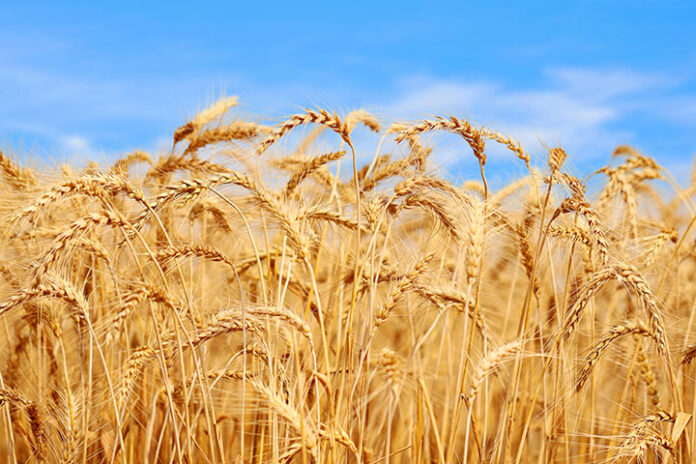ISLAMABAD: The government has announced plans to formulate a National Wheat Policy to tackle the worsening crisis of rising wheat shortages, low cultivation, and surging flour prices following the recent floods that devastated crop-producing regions. The policy, according to the Ministry of National Food Security and Research, is intended to secure long-term food security, protect farmers, stabilize consumer prices, and build resilience against climate shocks.
The announcement, however, comes at a time when consumers across the country are already facing a sharp increase in flour and bread prices, and analysts question whether the new plan will bring meaningful change given Pakistan’s history of policy failures in sectors such as textiles, trade, tariffs, and industry.
In Punjab, members of the Pakistan Nanbai Association have announced their own increase in the prices of roti, naan, paratha, and roghani naan starting September 9. The price of a sack of fine flour, which stood at Rs6,200 just weeks ago, has now soared to between Rs9,800 and Rs10,400, while a simple Surkh Patiri bread that previously cost Rs14 is now selling at Rs20. Naan and paratha prices are also rising by Rs5 each. In Karachi, the branded flour mills have pushed up prices as well, with a five-kilogram bag now retailing at Rs700 compared to Rs500 in August, despite the arrival of the new crop earlier this year.
Analysts argue that the wheat shortage is less the result of the recent floods and more a matter of low cultivation, hoarding, as substantial stocks from the March-April harvest are being held back by traders anticipating further price hikes. This has left ordinary consumers caught between official claims of “sufficient reserves” and the reality of inflated market prices.
In the official statement, Food Minister Rana Tanveer Hussain stressed that wheat is the country’s staple lifeline and fairness and sustainability would guide the new roadmap. Farmers, he said, would receive prices aligned with international trends to encourage production, while middle and upper-income groups would pay market-based rates. For low-income households, the government plans to offer targeted subsidies, balancing fiscal responsibility between the federation and the provinces. He further outlined that strategic reserves would be stored in modern grain silos to prevent wastage and climate-related losses, and research into high-yield and climate-resilient varieties would be prioritized. The minister also linked wheat management to public health, highlighting that over 30 percent of women and children suffer from zinc, iron, and vitamin deficiencies. He said the government would encourage multi-grain flour, promote fortification, and incentivize proper storage practices to improve nutrition and combat stunting.
Despite these assurances, critics remain unconvinced. They point out that the textile sector, despite having a dedicated policy, has continued to decline, and trade and tariff policies have also failed to correct economic imbalances.
Last month, the ministry claimed that national wheat availability stood at 33.47 million metric tonnes against a requirement of 33.58 MMT, leaving a shortfall of just 0.11 MMT, which it described as insignificant. Officials claimed that there is no alarming situation regarding stocks and stressed that Pakistan will not import wheat under the present circumstances. Yet many market watchers believe the skyrocketing prices and tightening stocks will eventually force imports, raising uncomfortable reminders of the 2024 wheat import scandal, where billions were allegedly lost due to mismanagement and corruption, and no accountability was fixed despite public uproar.
While the government vows it will not allow a roti crisis to emerge, the widening gap between official claims and consumer reality tells a different story. For millions of Pakistanis, particularly daily wage earners, the success of the new National Wheat Policy will not be judged by its lofty commitments or modern strategies but by whether roti, the most basic staple, remains affordable and within reach in the coming months.
























